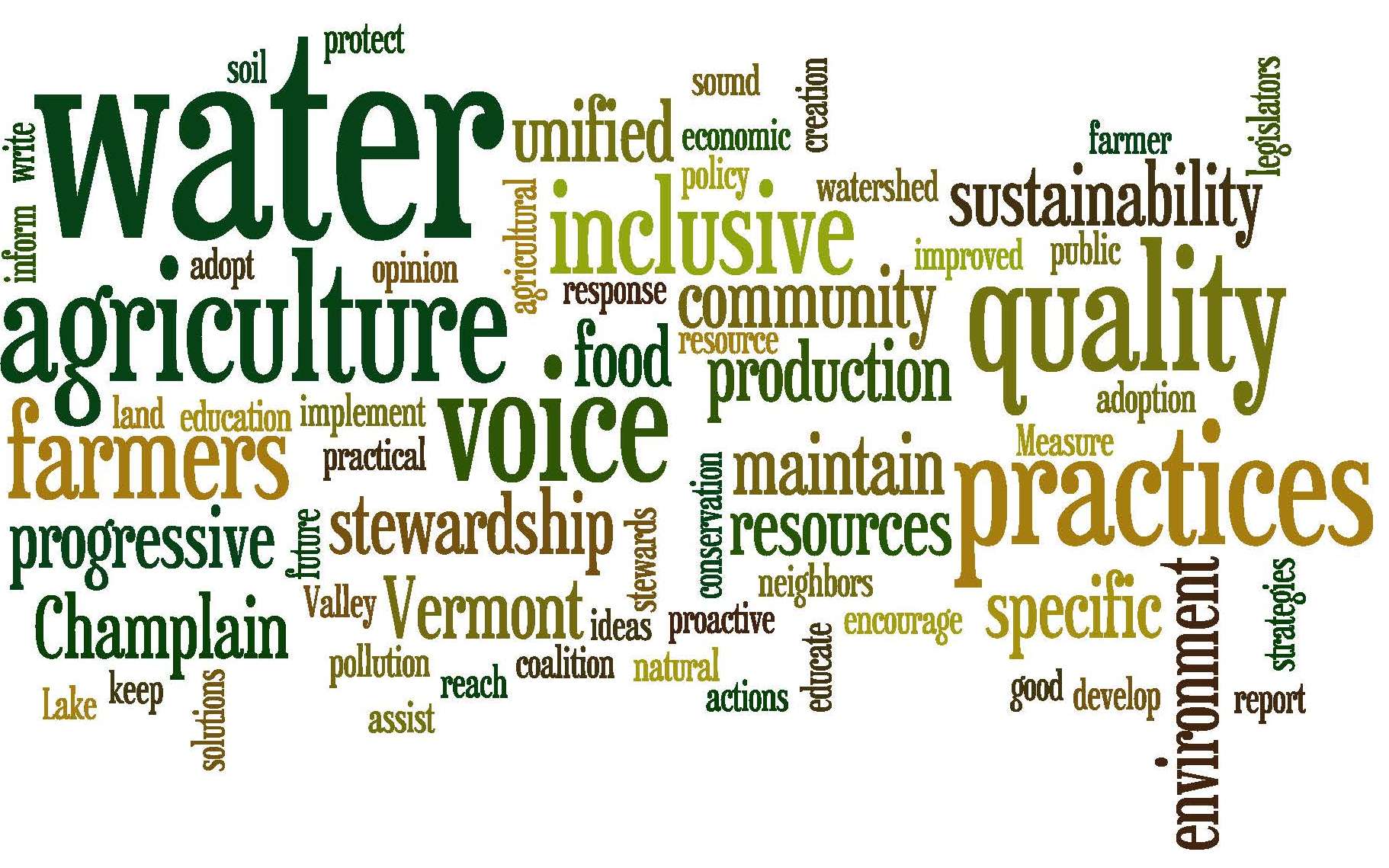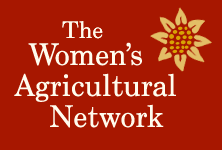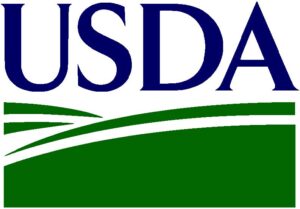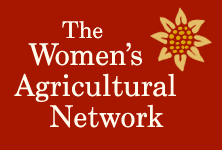Last week I spent an inspiring day with a network of leaders engaged in Farm-to-School across Vermont. While many of the participants work with non-profits, we were lucky to have one farmer amongst the group! One of the goals of the gathering was to consider how we can have the greatest collective impact in a variety of categories by the year 2020. We talked about striving for healthy food for all, healthy farms, exemplary place-based education, and more. I left our lovely slice of heaven (Shelburne Farms) with a renewed sense of mission related to Farm-to-School.
Shortly after I returned to my office, I received an e-mail alert about the response of an upstate New York school district to new rules for school meals that were instituted at the federal level this past fall. The district, near Albany, has decided to opt out of the National School Lunch program due to concerns about wasted food and high costs. Students have been throwing out fruits and vegetables – which are required to be served – and the program is running a significant budget deficit. Similar stories have been heard in pockets of Vermont, but the response has not yet been so drastic.
Of course this news deflated my optimism about the potential for school food change, and made me think once again about the many possible avenues to affect positive food-related behavior. Policies that require certain actions can often result in push back, although they can also reframe an issue and help us see more clearly some sources of the problem. Policies can also lead to transformational change. In Vermont, the legislation that funded Farm-to-School grants has enabled schools across the state to get focused on doing things differently. While the incredibly time-consuming grassroots approach to Farm-to-School is slow-going, it is designed to establish stronger school and community connections, and in turn, create buy-in. This approach can surely result in very meaningful change as well.
As is frequently the case, I am reminded that there isn’t a one-size –fits-all solution to food systems change. We have to be realistic about the time, energy and communication skills that are required to create/inspire systemic change, regardless of the approach. And, it’s a lot easier to stick with a gradual, time-consuming plan for change when I keep my eye on the prize(s) – healthier kids, sustainable farms, healthier communities – which are definitely worth the effort!




 During the second session, I attended a workshop led by Abbie Nelson, who is education coordinator of
During the second session, I attended a workshop led by Abbie Nelson, who is education coordinator of 







